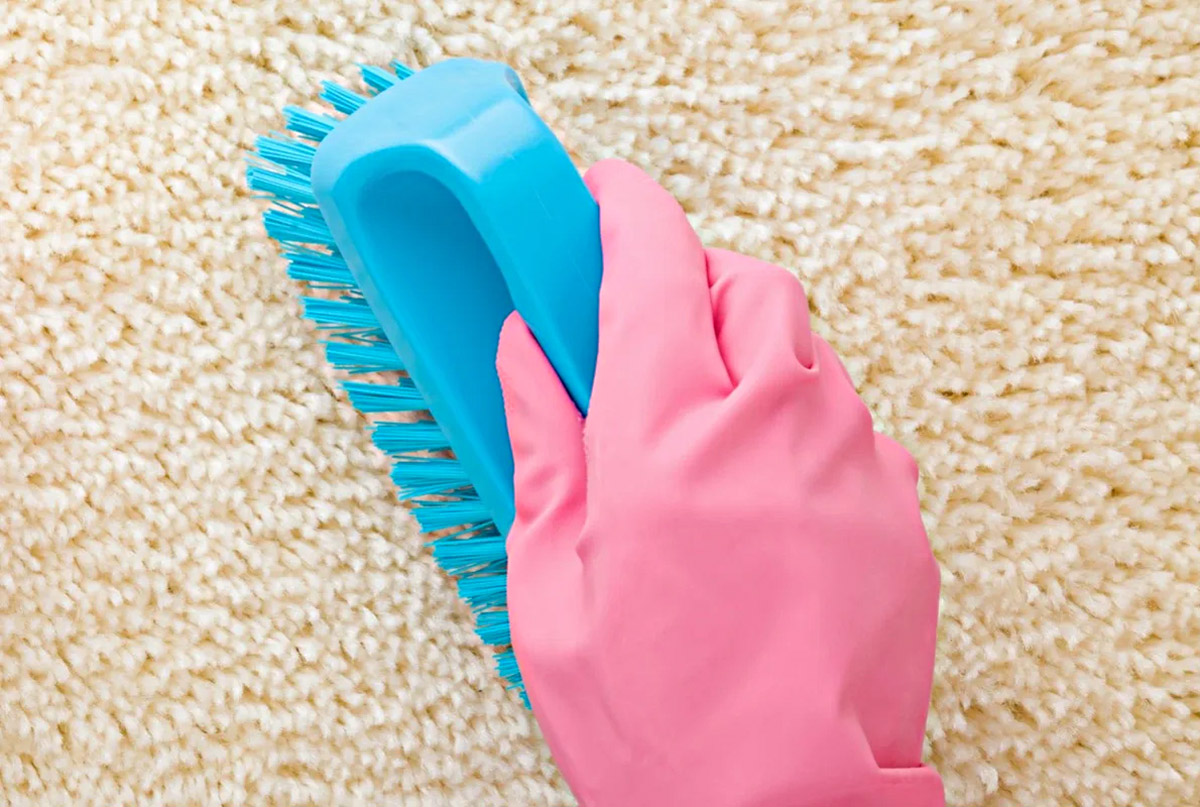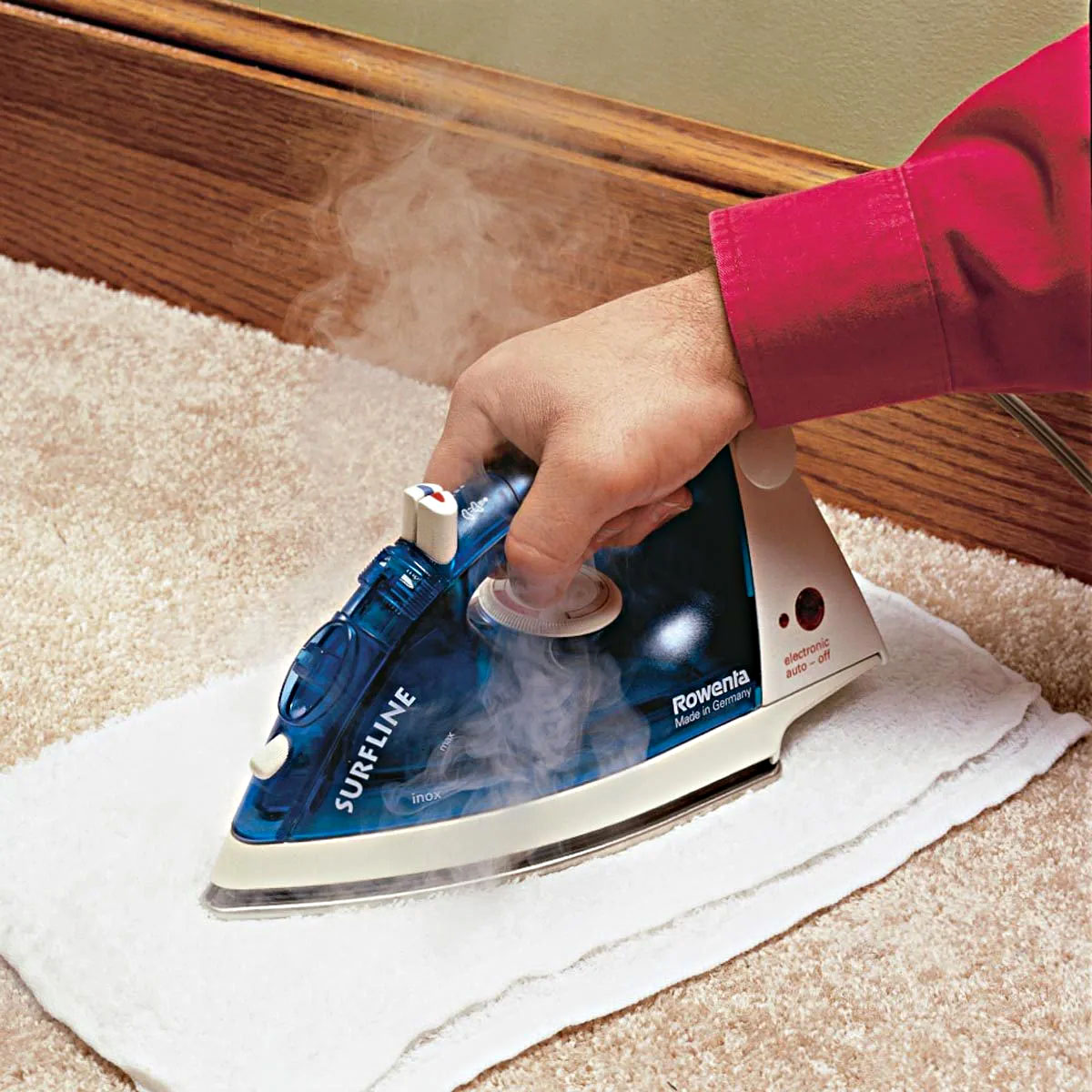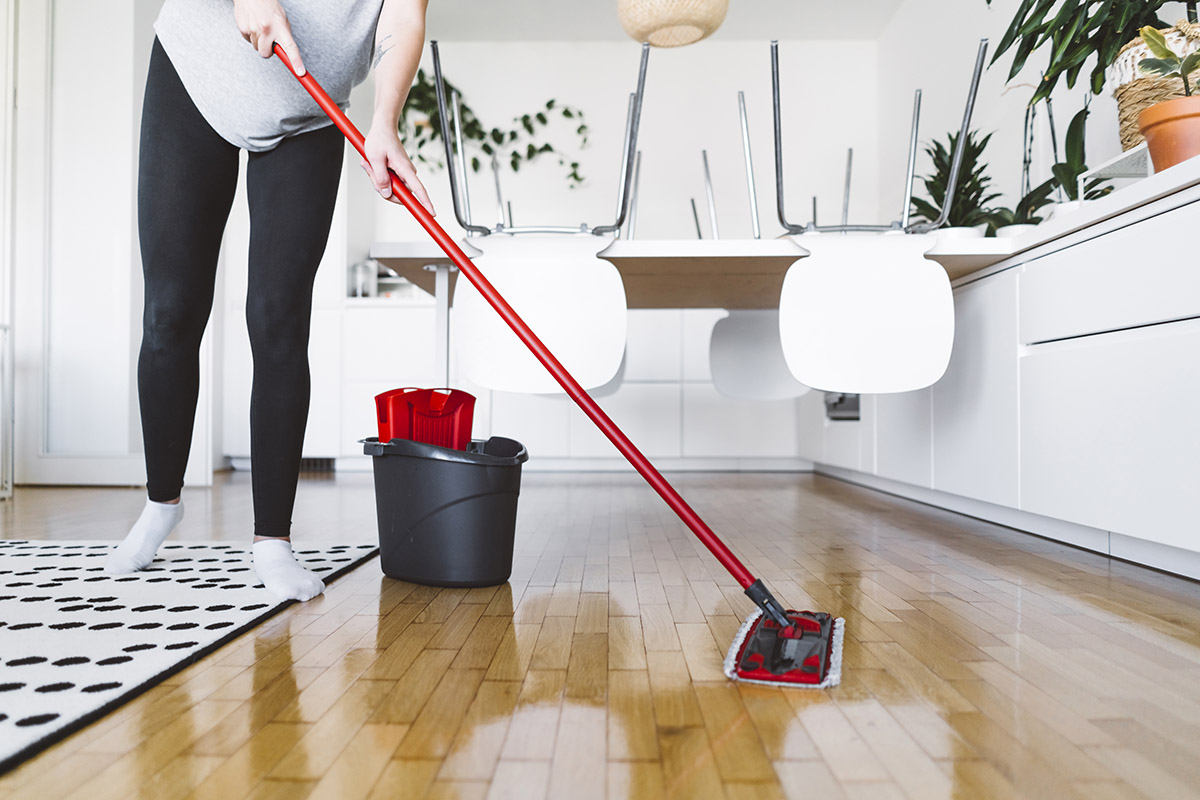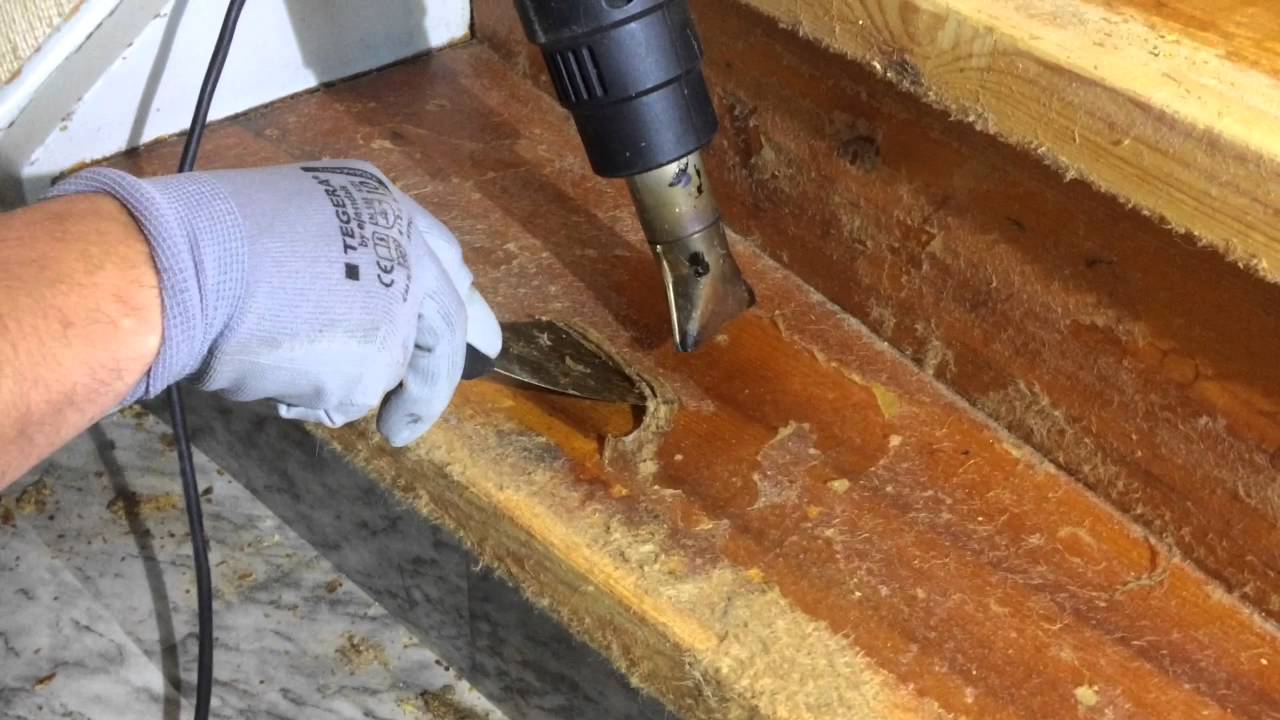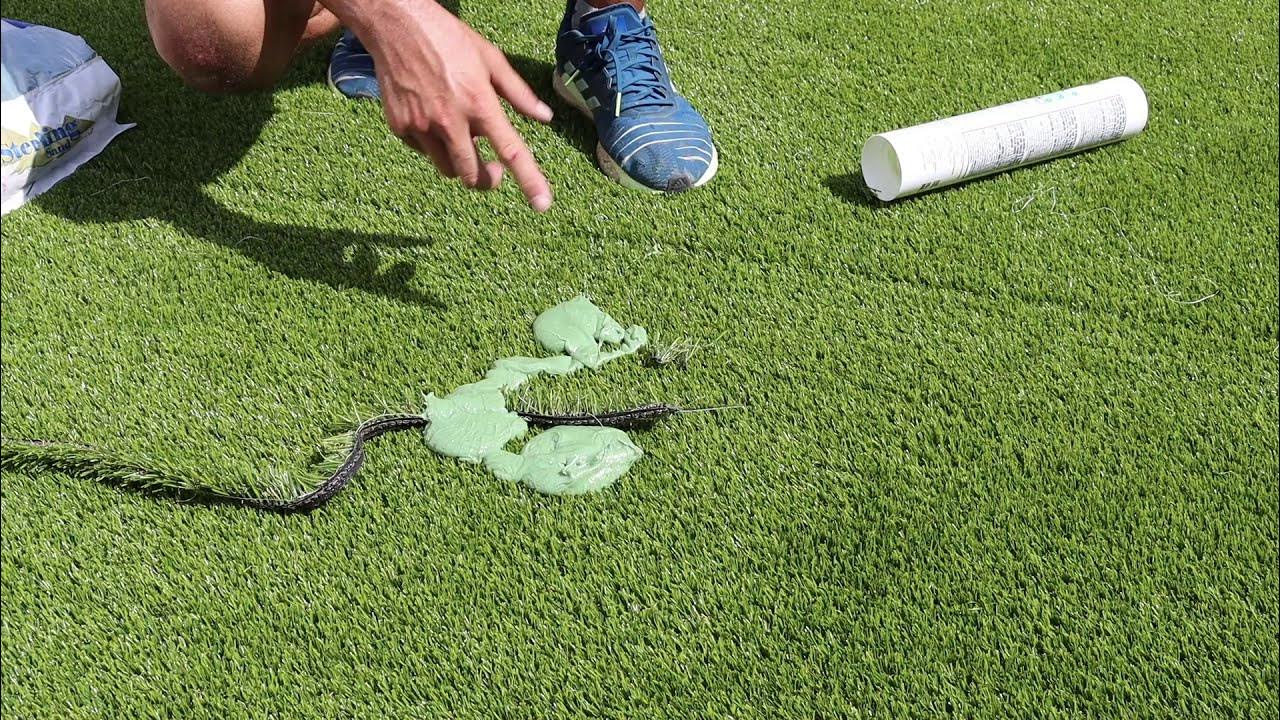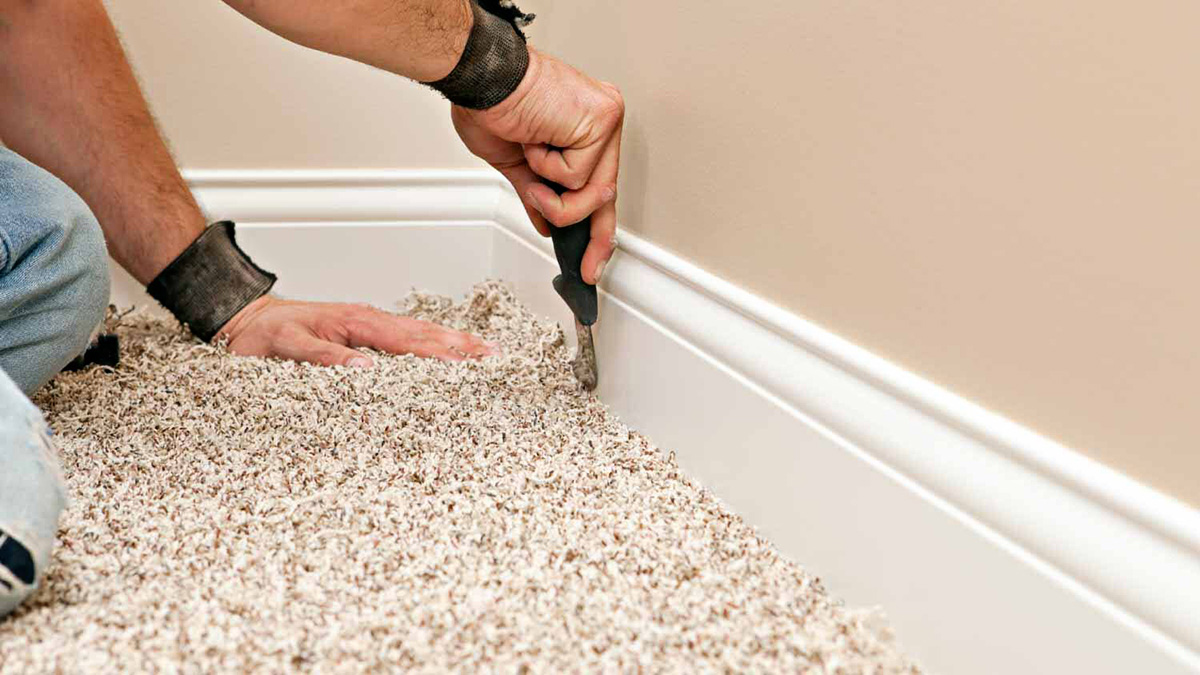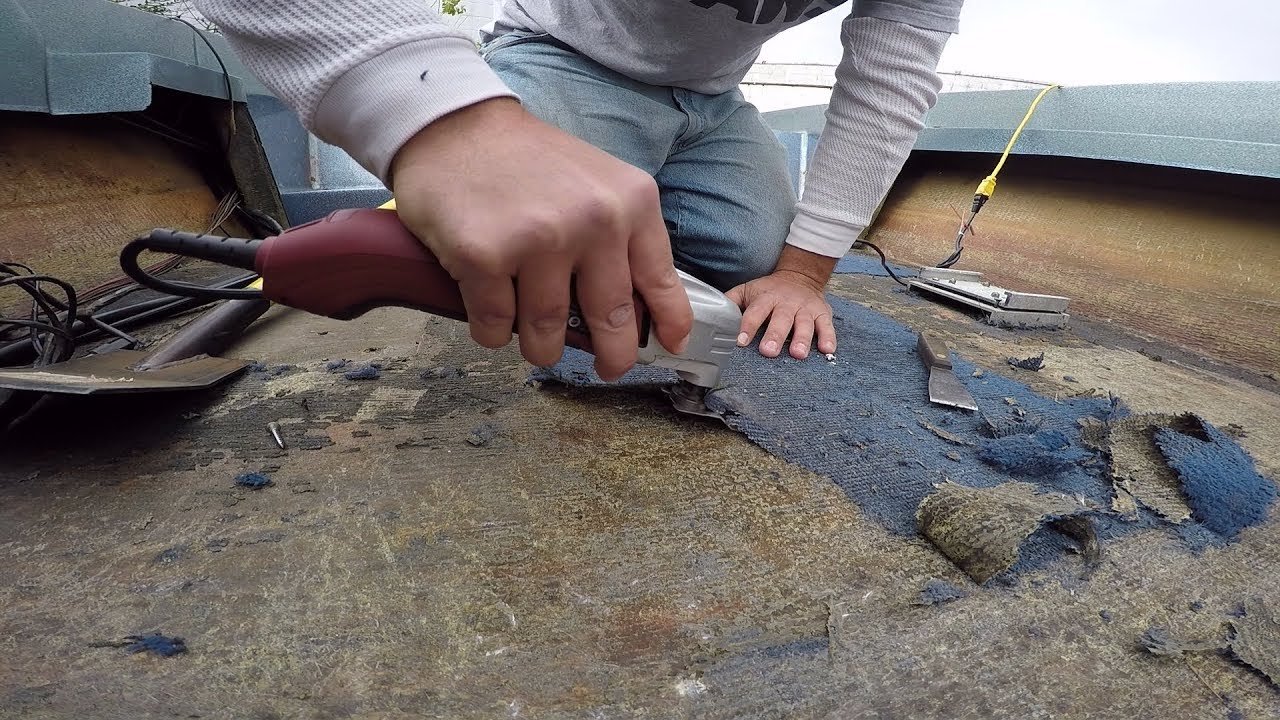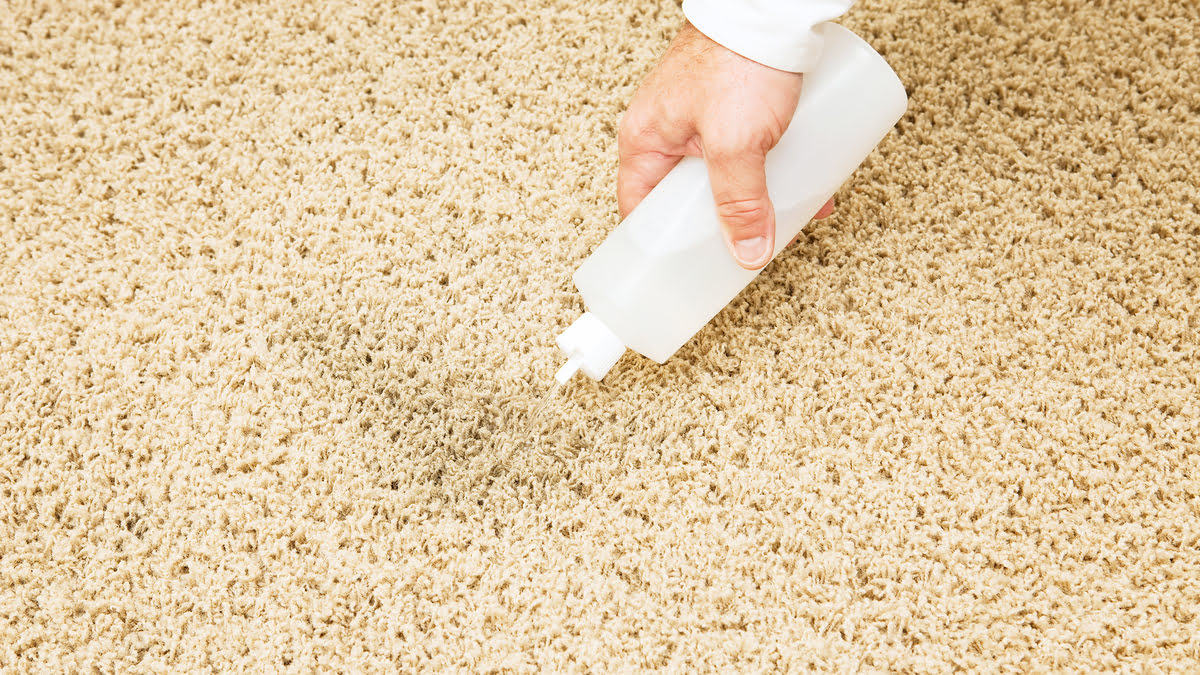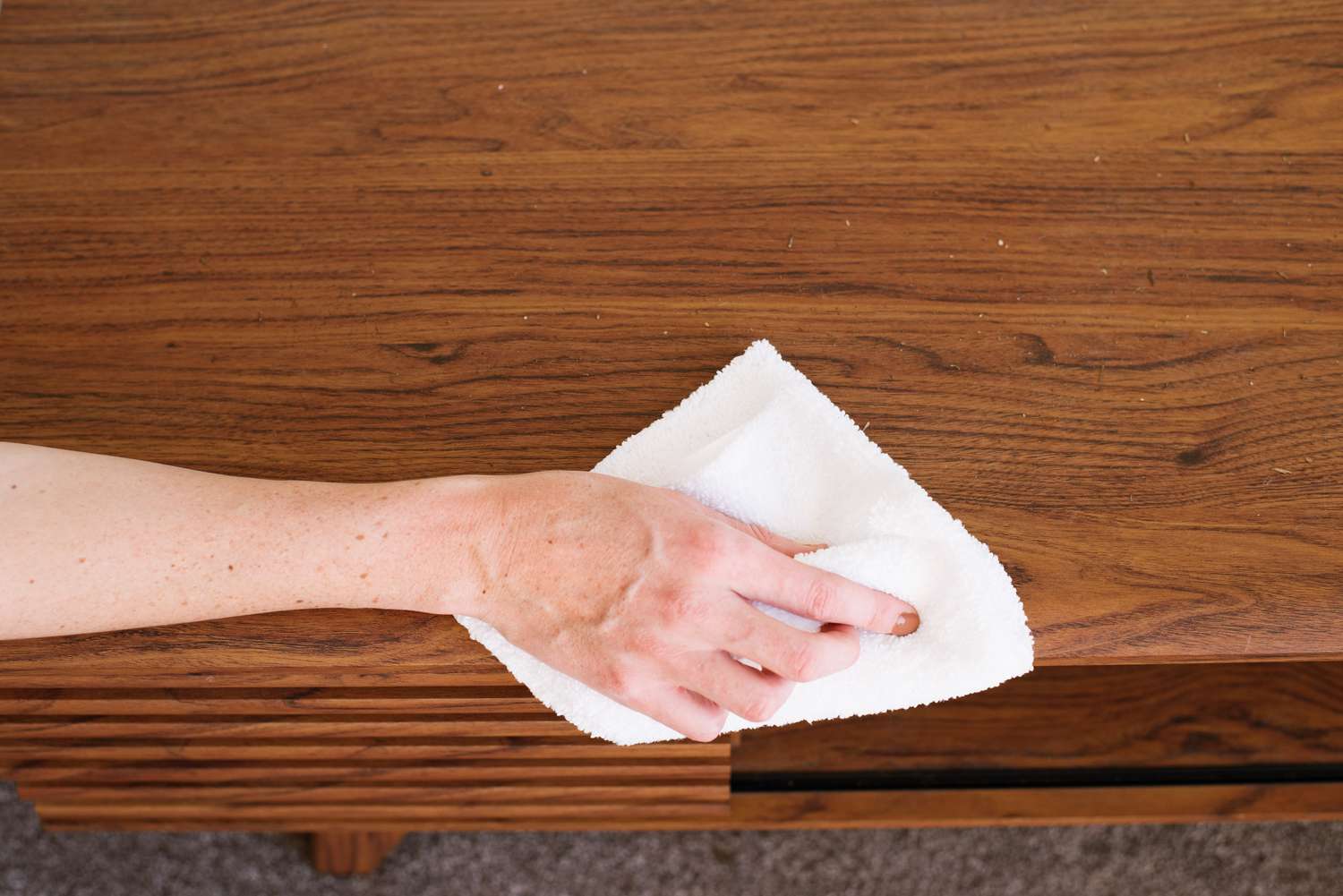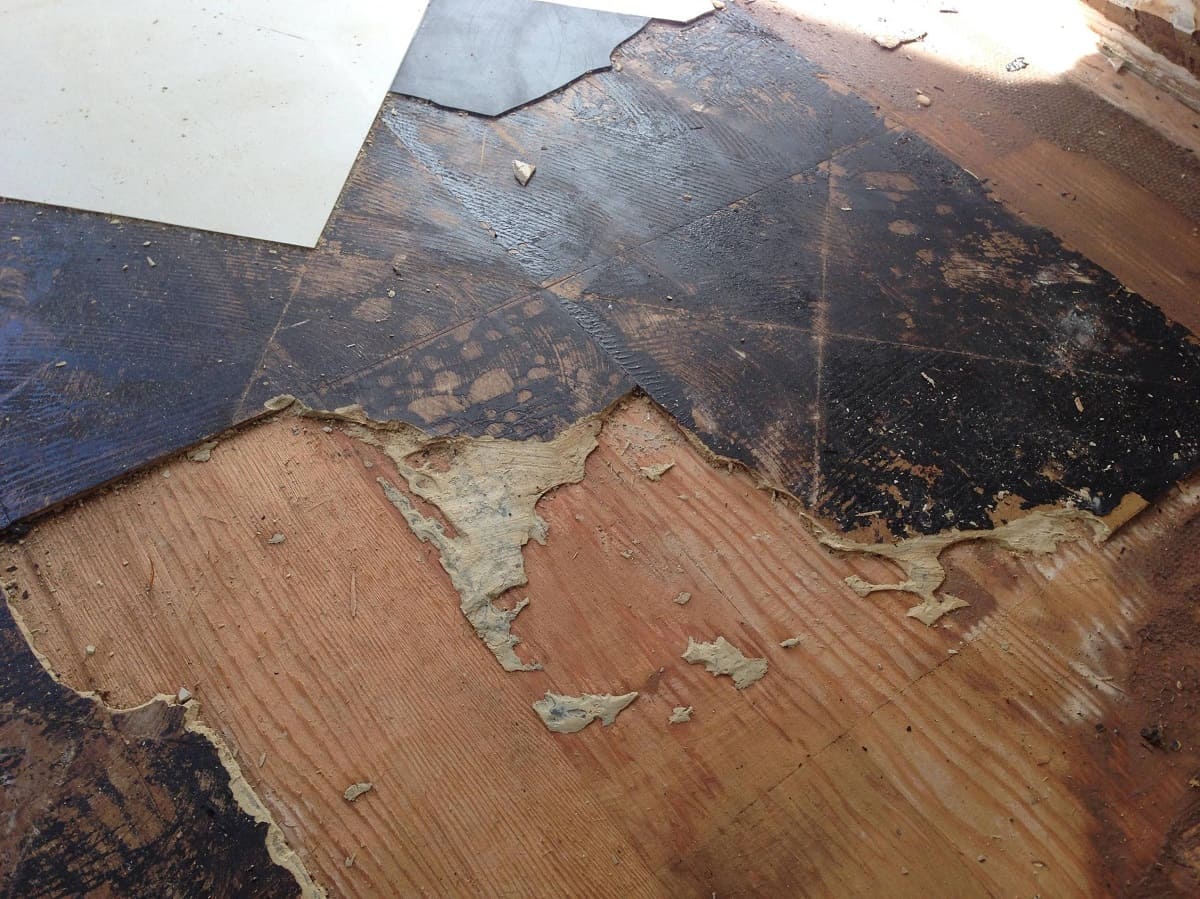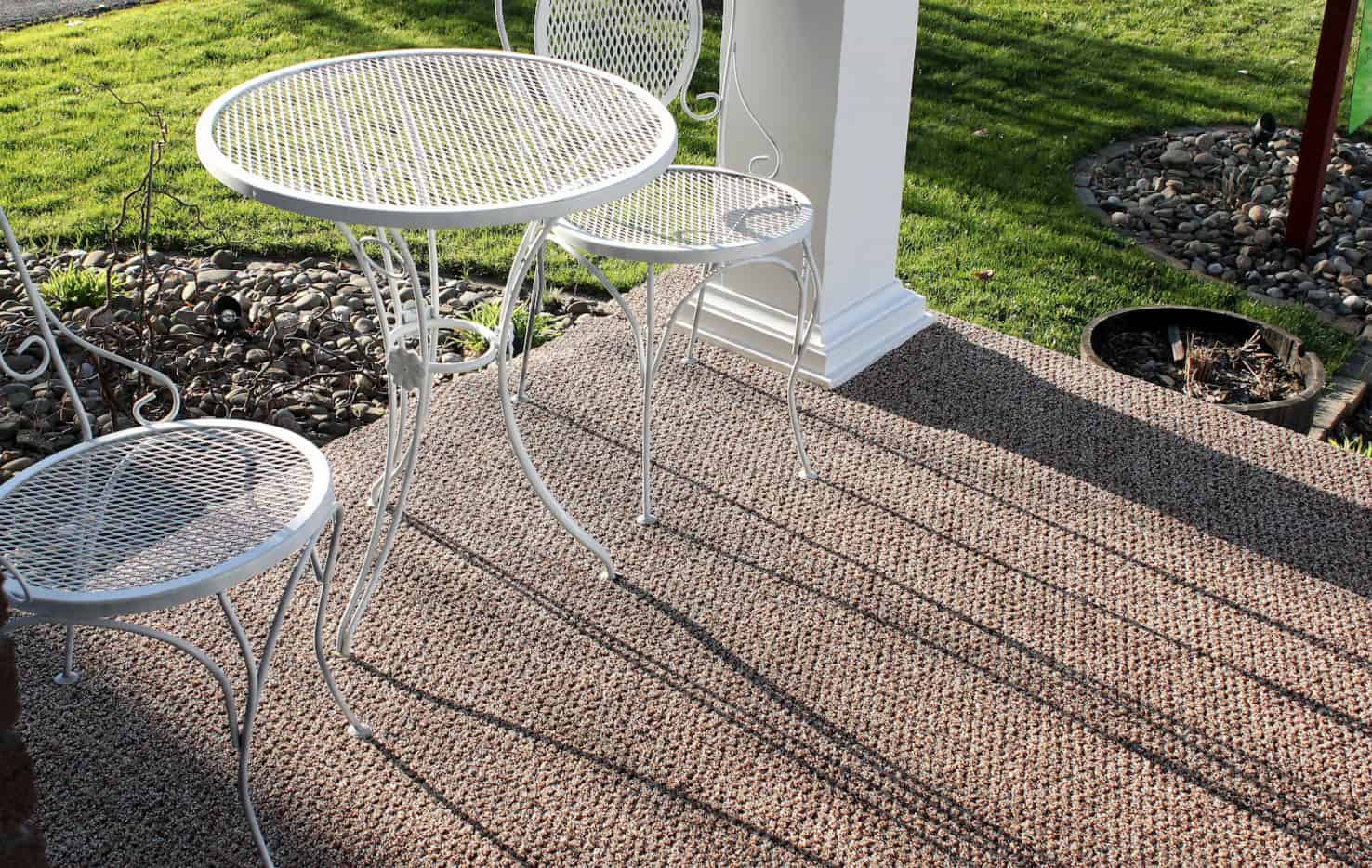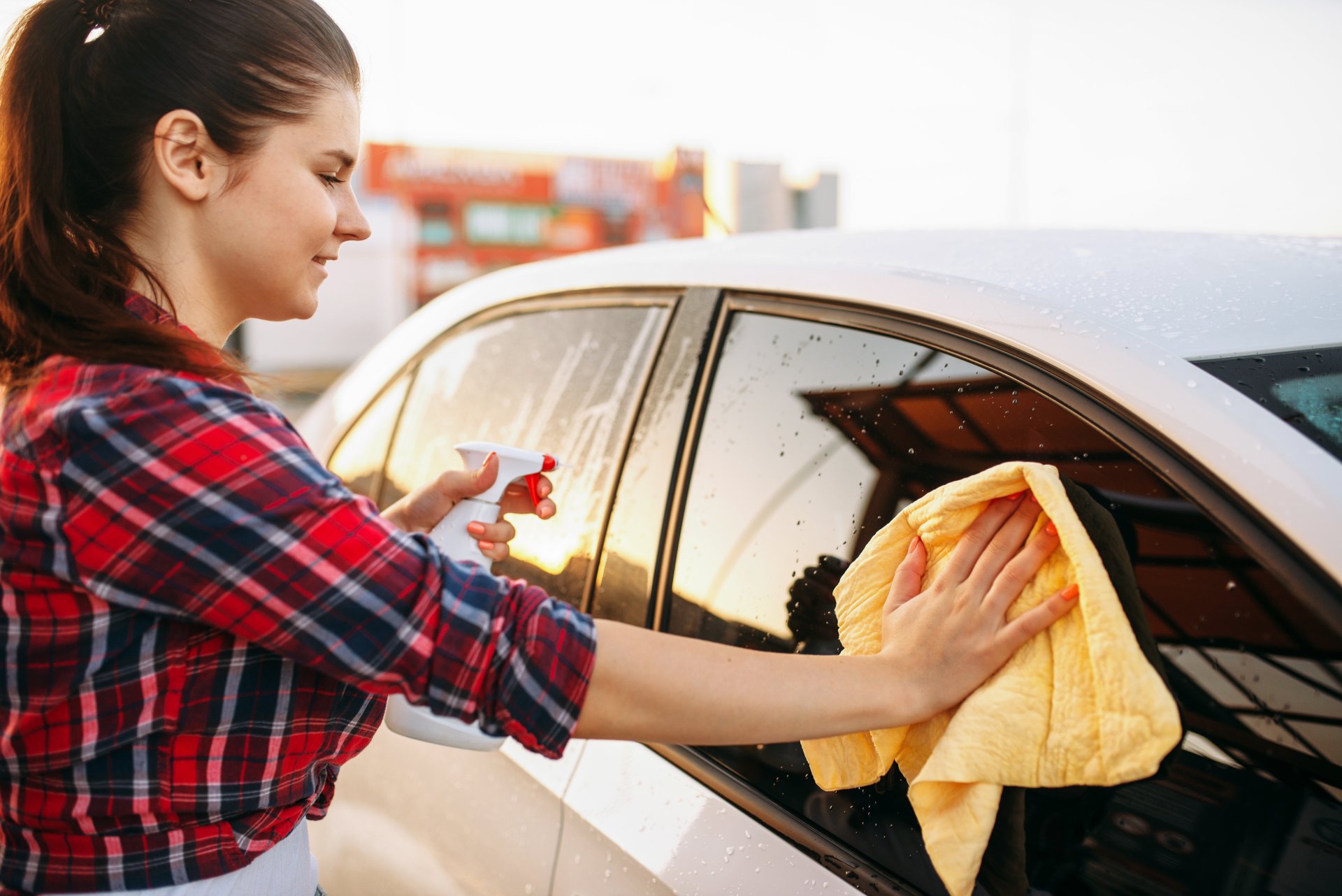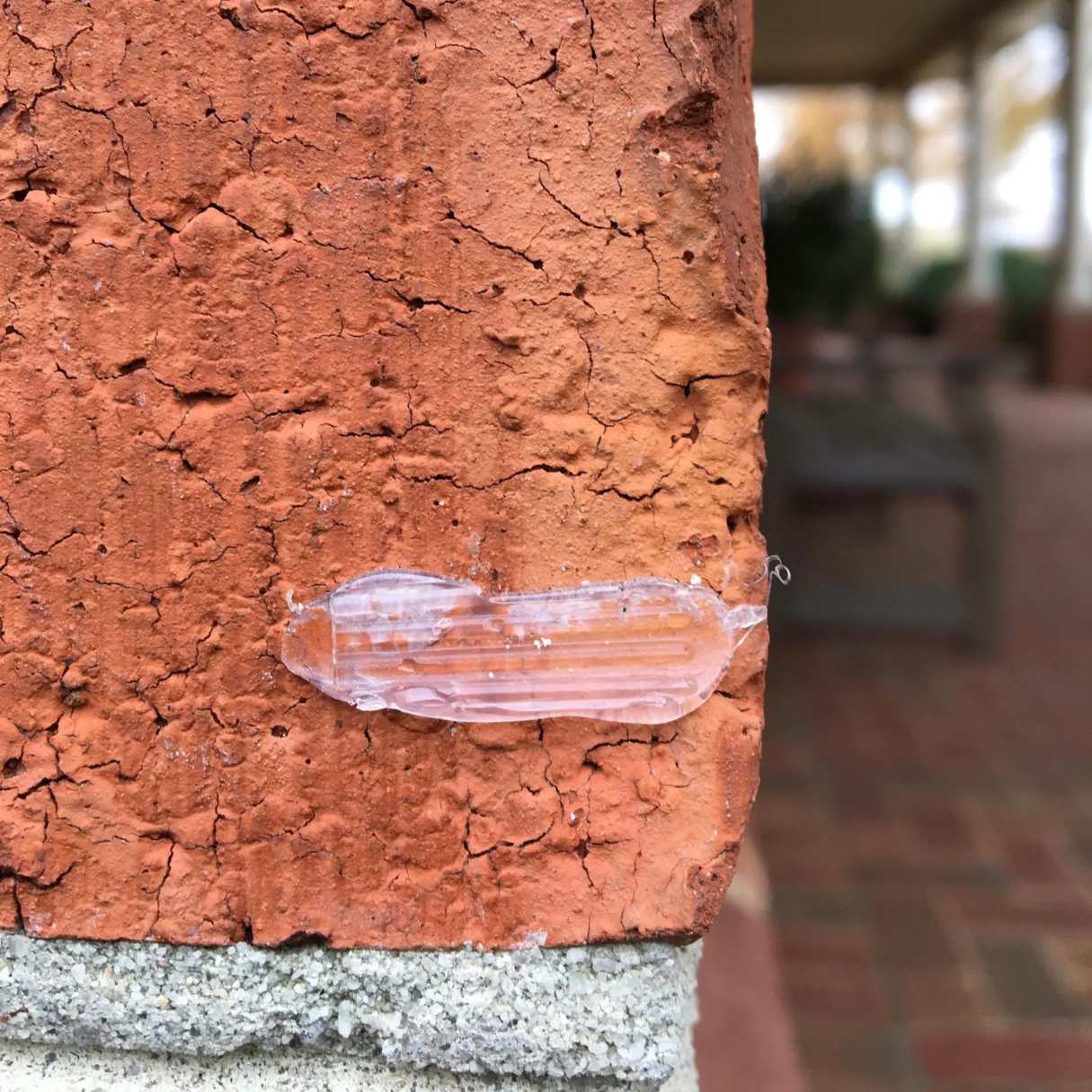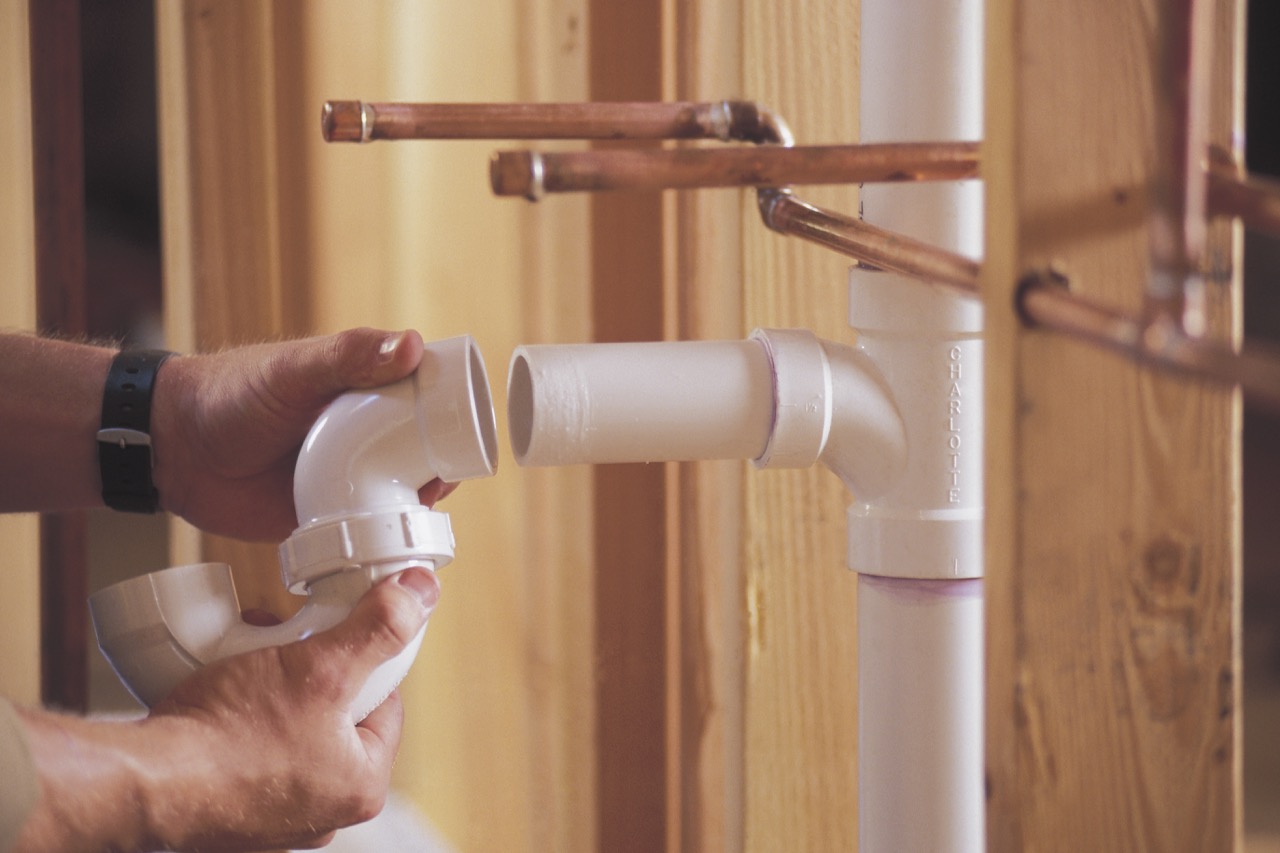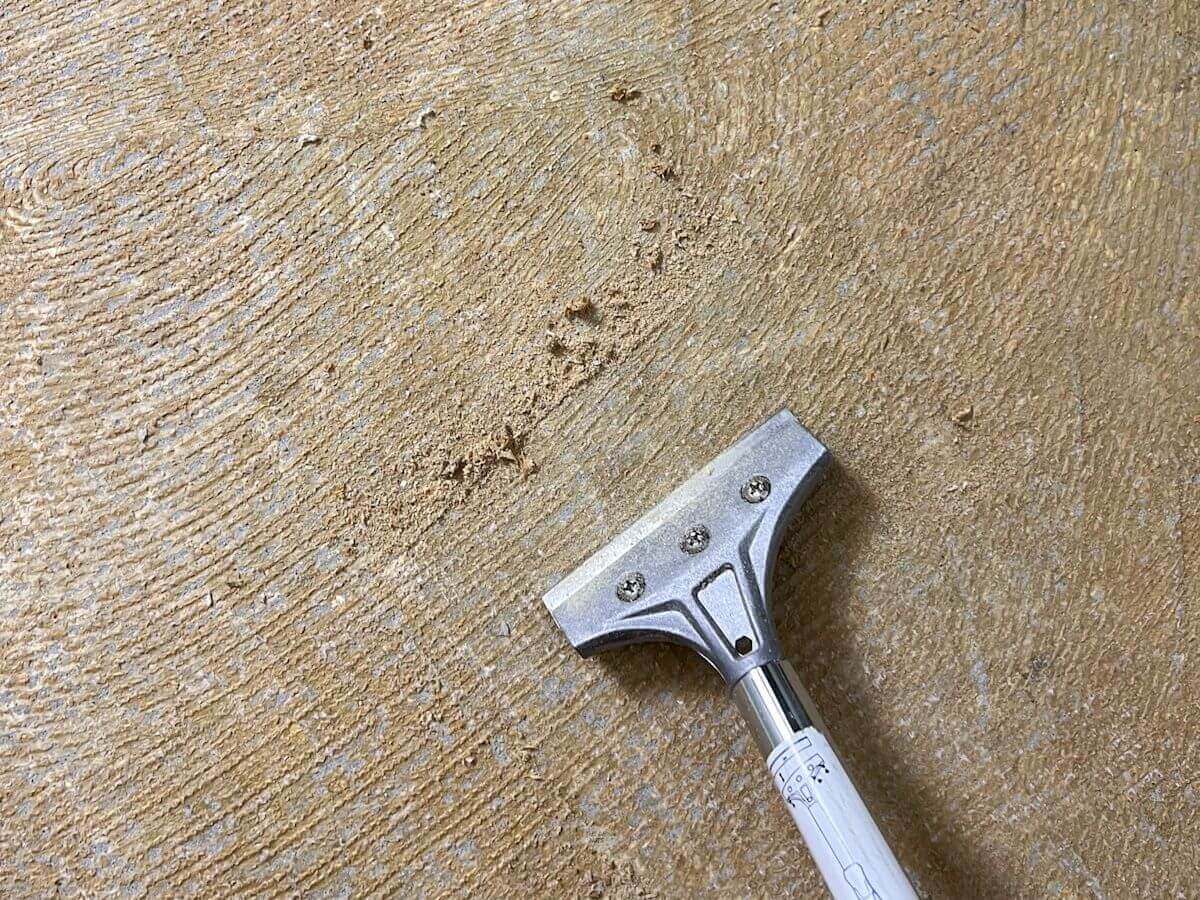

Articles
How To Remove Old Carpet Glue From Concrete
Modified: January 9, 2024
Learn the best techniques and products to easily remove old carpet glue from concrete surfaces in this informative article.
(Many of the links in this article redirect to a specific reviewed product. Your purchase of these products through affiliate links helps to generate commission for Storables.com, at no extra cost. Learn more)
Introduction
When it comes to renovating or redecorating your home, one of the first things you might consider is replacing the old carpet. However, removing the carpet is only half the battle. Oftentimes, you will be left with a sticky residue on your concrete floor where the carpet glue once held firmly in place.
Removing old carpet glue from concrete can seem like a daunting task, but with the right materials and techniques, it can be done effectively. In this article, we will guide you through the step-by-step process of removing old carpet glue from concrete, restoring your floor to its original condition.
Before we begin, it is important to gather the necessary materials to ensure a successful removal process. Gather the following materials before you get started:
- Protective gloves
- Eye goggles
- Face mask
- Utility knife
- Scraping tool (such as a putty knife or floor scraper)
- Hot water
- Vinegar or adhesive remover
- Bristle brush or scrub brush
- Bucket
- Clean rags or towels
- Floor cleaner
Now that you have gathered your materials, let’s dive into the step-by-step process of removing old carpet glue from concrete.
Key Takeaways:
- Say goodbye to old carpet glue on concrete with hot water, vinegar, and elbow grease. Follow our step-by-step guide for a smooth, glue-free surface ready for your next home project.
- Prepare for a challenging but rewarding task of removing old carpet glue from concrete. With patience and persistence, you can achieve a clean, revitalized floor for your home renovation.
Materials Needed
Before you begin the process of removing old carpet glue from concrete, it’s important to gather all the necessary materials. Having these materials on hand will ensure that you can complete the task efficiently and effectively. Here’s a list of the materials you’ll need:
- Protective gloves: It’s essential to protect your hands from any potential harm during the removal process. Choose gloves that are thick and durable.
- Eye goggles: Safety goggles will shield your eyes from any debris or chemicals that may splash during the removal process.
- Face mask: A face mask will protect you from inhaling any dust or fumes that may be released during the removal process.
- Utility knife: You’ll need a utility knife to cut through any stubborn carpet remnants or loose areas of old glue.
- Scraping tool: A putty knife or a floor scraper will come in handy for removing large sections of old carpet glue. Make sure the scraping tool has a sturdy and sharp blade.
- Hot water: Hot water will be used to soften the old carpet glue, making it easier to remove.
- Vinegar or adhesive remover: Vinegar or an adhesive remover will be used to break down and dissolve the old carpet glue. You can choose between natural options like vinegar or commercially available adhesive removers.
- Bristle brush or scrub brush: A stiff-bristled brush or scrub brush will help you scrub away the softened glue residue.
- Bucket: You’ll need a bucket to mix hot water and vinegar or adhesive remover, as well as to hold the cleaning solution.
- Clean rags or towels: These will be used to wipe away excess water, glue, and cleaning solution.
- Floor cleaner: After removing the old carpet glue, you’ll want to clean the concrete floor thoroughly. Choose a floor cleaner suitable for your flooring type.
Having these materials ready before you begin will ensure a smoother and more efficient removal process. Now that you have everything you need, let’s move on to the step-by-step process of removing old carpet glue from concrete.
Step 1: Prepare the Area
Before you start removing the old carpet glue from the concrete, it’s important to prepare the area properly. Taking the time to prepare will ensure that the removal process goes smoothly and minimize any potential damage to the surrounding surfaces. Follow these steps to prepare the area:
- Clear the space: Remove any furniture, rugs, or other items from the area. This will give you enough room to work comfortably and avoid any obstacles during the removal process.
- Ventilate the area: Open windows and doors or use fans to increase airflow in the room. This will help to dissipate any fumes or odors that may be released during the glue removal process.
- Wear protective gear: Put on your protective gloves, eye goggles, and face mask to safeguard yourself from any potential hazards, such as chemicals, dust, or debris.
- Prepare disposal bags: Set up disposal bags or containers to collect and dispose of the removed glue, carpet remnants, or any other waste materials generated during the process.
- Take precautions for sensitive surfaces: If you have adjacent surfaces, such as baseboards or walls, that you want to protect from potential damage, consider applying painter’s tape or covering them with plastic sheets to prevent accidental scratching or splatters.
By preparing the area properly, you will create a safe and organized workspace for the carpet glue removal process. Once the area is ready, you can move on to the next step: softening the glue.
Step 2: Soften the Glue
Now that you have prepared the area, it’s time to soften the old carpet glue on the concrete surface. Softening the glue will make it easier to remove, saving you time and effort. Follow these steps to soften the glue:
- Fill a bucket with hot water: Fill a bucket with hot water, making sure it’s not boiling hot. Hot water helps to loosen and soften the adhesive.
- Apply hot water to the glue: Start by pouring a small amount of hot water directly onto the carpet glue. Allow the hot water to soak into the glue for a few minutes. This will help to loosen the adhesive bond.
- Use a scraper or putty knife: While the glue is still wet with hot water, use a scraper or putty knife to gently scrape away any loose or softened glue. Be careful not to damage the concrete surface.
- Repeat the process as needed: Depending on the amount and thickness of the glue, you may need to repeat the hot water application and scraping process several times to fully soften the glue.
It’s important to note that hot water alone may not be sufficient to completely remove all the glue. In some cases, particularly with older and stubborn adhesives, you may need to use additional methods or products to achieve the desired results. If the hot water method doesn’t work effectively, don’t worry. We will explore other solutions in the following steps.
Once you have softened the carpet glue, you can move on to the next step: scraping off the glue residue.
Step 3: Scrape off the Glue
With the old carpet glue softened, it’s time to start scraping off the glue residue from the concrete surface. This step requires some physical effort and precision to ensure that you remove as much glue as possible without damaging the concrete. Follow these steps to scrape off the glue:
- Choose the right scraping tool: Select a scraping tool that is appropriate for the size and texture of the glue residue. A putty knife, floor scraper, or similar tool with a sharp, flat edge works well for this task.
- Hold the tool at a low angle: Hold the scraping tool at a low angle (around 30 degrees) to the surface of the concrete. This helps to avoid any potential damage to the concrete while effectively removing the glue.
- Start scraping the glue: Begin scraping the glue residue by applying firm and controlled pressure with the scraping tool. Work in small sections, focusing on one area at a time.
- Scrape in different directions: Adjust the angle and direction of your scraping strokes to efficiently remove the glue. Some areas may require back-and-forth scraping, while others may need outward or circular motions.
- Remove the scraped glue: Periodically clear the excess glue from the scraping tool using a rag or towel. This prevents the scraped-off glue from being redistributed onto the surface.
- Continue scraping and clearing: Repeat the scraping process, working methodically across the concrete surface, until you have removed as much glue as possible.
It’s important to note that some stubborn glue residue may still remain even after thorough scraping. In such cases, don’t worry. We will explore additional steps and solutions to remove the remaining glue in the subsequent sections.
Once you have completed the scraping process, you can proceed to the next step: applying a glue remover.
Use a floor scraper or grinder to remove as much of the old carpet glue as possible. Then, apply a commercial adhesive remover and let it sit for the recommended time before scraping or scrubbing the remaining glue. Finally, thoroughly clean the concrete surface with a degreaser and water.
Read more: How To Remove Glue From Concrete Porch
Step 4: Apply a Glue Remover
If there are still stubborn traces of old carpet glue left on the concrete after scraping, it’s time to step up your game by applying a glue remover. Using a glue remover will help break down and dissolve the remaining adhesive, making it easier to remove. Follow these steps to apply a glue remover:
- Choose a suitable glue remover: There are various options available for glue removers, including commercially available products or natural alternatives like vinegar or citrus-based cleaners. Select a glue remover that is appropriate for your specific needs and preferences.
- Read the instructions: Before using the glue remover, carefully read and follow the instructions provided by the manufacturer. This will ensure that you use the product correctly and achieve the best results.
- Apply the glue remover: Apply the glue remover directly onto the remaining glue residue. Use a brush or sponge to spread the remover evenly over the affected areas. Make sure to cover the entire surface with the glue remover.
- Allow the remover to penetrate: Give the glue remover enough time to work its magic. Follow the recommended wait time provided by the manufacturer to allow the remover to penetrate and break down the adhesive.
- Scrape or wipe off the dissolved glue: Once the glue remover has had sufficient time to work, use a scraping tool or a clean cloth to gently scrape or wipe off the dissolved glue. Be careful not to apply too much pressure to avoid damaging the concrete surface.
- Rinse with water: After removing the dissolved glue, rinse the concrete surface thoroughly with water. This will help remove any residual glue remover and ensure a clean surface.
Remember to follow proper safety precautions, such as wearing gloves and goggles, when working with glue removers. Additionally, be aware that different types of glue removers may have different odors and chemical properties, so proper ventilation is important.
If the glue remover doesn’t completely eliminate all traces of glue, don’t worry. We have more steps to follow to achieve a clean concrete surface. Continue to the next step: scrubbing and rinsing.
Step 5: Scrub and Rinse
After applying a glue remover and removing as much residue as possible, it’s time to give the concrete floor a thorough scrubbing and rinsing to remove any remaining glue and residue. This step will help ensure a clean and smooth surface. Follow these steps to scrub and rinse the concrete:
- Prepare a cleaning solution: Fill a bucket with warm water and add a suitable floor cleaner according to the manufacturer’s instructions. Mix the solution well to create a cleaning mixture.
- Dip a bristle brush or scrub brush into the cleaning solution: Dip a bristle brush or scrub brush into the cleaning solution. Make sure the brush is wet but not overly saturated with the cleaning mixture.
- Scrub the concrete surface: Starting in one corner, scrub the entire concrete surface using the wet brush. Pay special attention to areas where glue residue was particularly stubborn. Use firm but gentle strokes to avoid damaging the concrete. Continue scrubbing until you have covered the entire surface.
- Rinse with clean water: Once you have finished scrubbing, rinse the concrete surface with clean water. Use a mop or a clean cloth soaked in water to remove any remaining cleaning solution and residue from the floor. Change the water as needed to ensure you are using clean water for the rinse.
- Dry the concrete floor: After rinsing, use clean towels or a mop to dry the concrete floor thoroughly. This will help prevent any water spots or residue from forming on the surface.
By scrubbing and rinsing the concrete floor, you are removing any remaining traces of glue and thoroughly cleaning the surface. This step is crucial for achieving a smooth and pristine result. Once the concrete floor is dry, you can move on to the next step: repeating the process if necessary.
Step 6: Repeat if Necessary
After completing the previous steps, you may find that there are still some stubborn remnants of old carpet glue on the concrete surface. If this is the case, don’t be discouraged – there are further measures you can take to ensure a clean and glue-free floor. Follow these steps to repeat the process if necessary:
- Assess the remaining glue: Take a moment to inspect the concrete surface and identify any areas where glue residue still remains. Note the size and thickness of the remaining glue spots.
- Consider alternative methods: If the previous steps didn’t completely remove the glue, you may need to explore alternative methods. This may include using a stronger adhesive remover, applying heat to soften the glue, or using a specialized glue removal tool or machine. Choose the method that is most suitable for the type of glue and your specific situation.
- Follow the appropriate steps: Depending on the method you choose, follow the instructions provided by the manufacturer or utilize specific techniques for removing the remaining glue. This may involve applying the adhesive remover, using heat or specialized tools, or a combination of methods.
- Scrape, scrub, and rinse: After applying the alternative method, repeat the process of scraping, scrubbing, and rinsing the concrete surface to remove the remaining glue and residue. Use the appropriate tools and techniques recommended for the method you have chosen.
- Continue until desired results are achieved: Repeat the process as many times as necessary until you have achieved the desired level of cleanliness and glue-free surface. Patience and persistence may be required, especially for heavily glued areas.
Remember to prioritize your safety and follow the instructions and precautions provided by manufacturers of adhesive removers, heat tools, or specialized equipment. Additionally, ensure proper ventilation and use protective gear as needed.
Once you have successfully removed the remaining glue, thoroughly clean and dry the concrete floor. Now you can enjoy a clean, glue-free surface ready for your next flooring or decorative project!
Conclusion
Removing old carpet glue from concrete can be a challenging task, but with the right materials and techniques, you can restore your concrete floor to its original condition. By following the step-by-step process outlined in this article, you can effectively remove the stubborn adhesive residue left behind after removing the old carpet.
During the process, it’s important to prepare the area by clearing the space, ventilating the room, and wearing protective gear to ensure your safety. Softening the glue with hot water and using a scraper to remove the softened glue is the first step. If necessary, applying a glue remover can help break down the remaining adhesive. Scrubbing the concrete surface and thoroughly rinsing it with clean water will remove any remaining residue.
If there are still traces of glue, repeat the process using alternative methods or specialized tools until you achieve the desired results. Patience and persistence are key when dealing with stubborn glue remnants. Ensure proper ventilation and follow safety precautions when using adhesive removers, heat tools, or specialized equipment.
Once you have completed the removal process and thoroughly cleaned the concrete floor, you’ll be left with a smooth and glue-free surface, ready for your next flooring project or any decorative ideas you have in mind.
Remember, it’s always important to test any products or methods on a small inconspicuous area first to ensure they do not cause any damage to the concrete. And as with any home improvement project, it’s recommended to consult professionals if you encounter any difficulties or if you’re unsure about the process.
We hope this guide has been helpful to you in removing old carpet glue from concrete. Now, go ahead and enjoy your clean and revitalized concrete floor!
Frequently Asked Questions about How To Remove Old Carpet Glue From Concrete
Was this page helpful?
At Storables.com, we guarantee accurate and reliable information. Our content, validated by Expert Board Contributors, is crafted following stringent Editorial Policies. We're committed to providing you with well-researched, expert-backed insights for all your informational needs.
